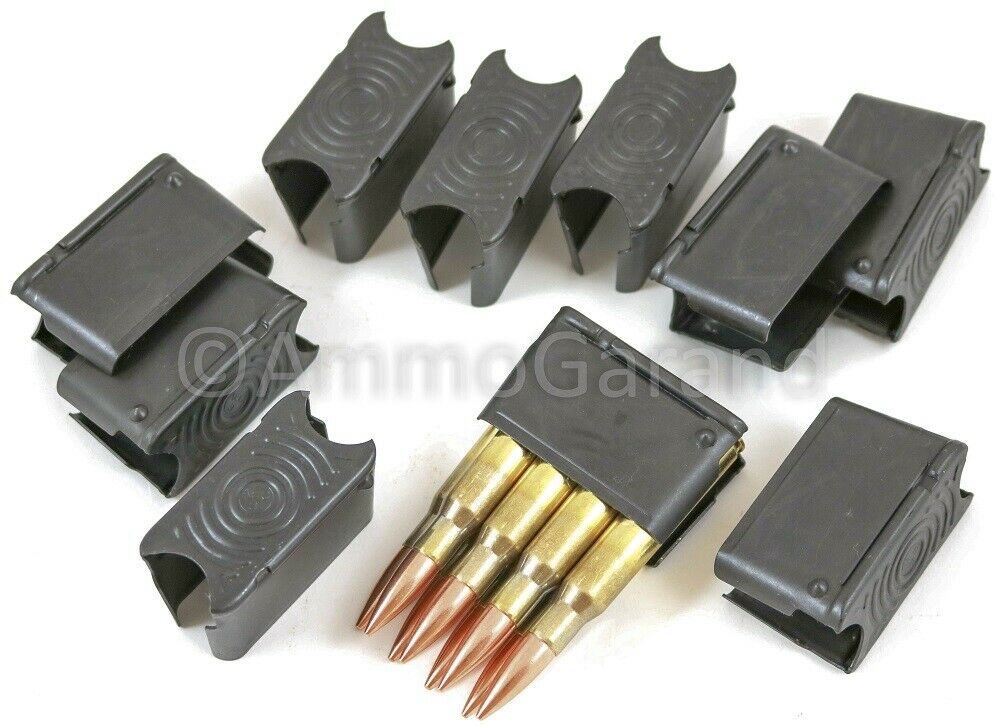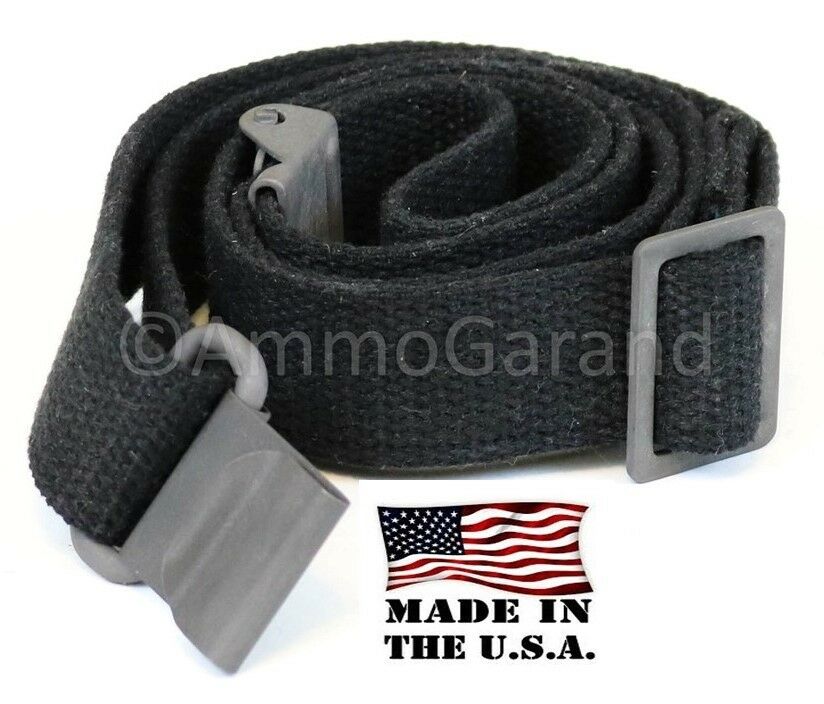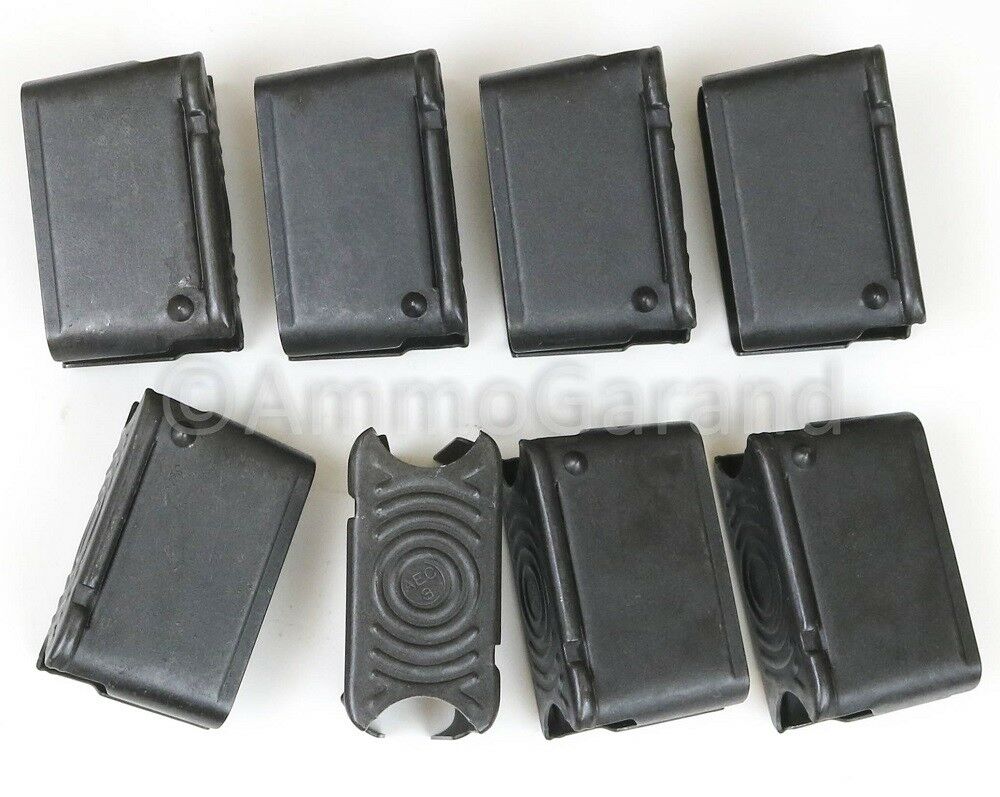-40%
WW2 USMC Early RARE!!! M1942 CUP “EDWARD KATZINGER CO. 1942”
$ 22.44
- Description
- Size Guide
Description
WW2 USMC Army"U.S. / EDWARD KATZINGER CO. 1942"
M1942 Canteen Cup!!
RARE!!!
"Combat Serviceable" condition!
This is the
EARLIEST (first!) iteration
of the
M1942 CUP design
with the
SHARP 'RAW-EDGED LIP
made
of bright
TIN-PLATED STEEL
(with the typical
mottled discoloration
from sitting in a Cover for the past 78 years!)
(Canteens -- and Cups -- were first produced in Aluminum, then in an attempt to conserve Aluminum for the aircraft industy
Tin (or Zinc) Plated
Steel
was specified late in 1942, then
Corrosion Resistant Steel (C.R.S.)
, as well as
Enameled Iron
,
Ethylcellulose
("
ETHOCEL"
) Plastic (for Canteens only), and true
Stainless Steel,
before Aluminum was re-introduced around 1944 for the manufacture of Canteens and Cups until the close of the war.)
This example dates from the earliest bitter days of the second year of the war, dated
"1942,"
and is from a rarely seen Cup contractor! The
Edward Katzinger Co.
is only known to have had War Department contracts for Canteen Cups in the years
1942
and
1943.
(This one was issued and could have shipped out on the Cartridge Belt of a Marine to the 'Canal' in the Solomons, or a Paratrooper or Infrantryman to Sicily or North Africa with
OPERATION HUSKY
or
OPERATION TORCH
.)
*****
Particulars:
- It has the dangerously
"Sharp-edged Lip" to help disperse heat,
that replaced the
"Rolled-edge Lip"
of the
M1910 CUP
, which was quickly deemed a 'hazard' and was itself replace by a third Lip design: the "
Folded-edge Lip."
- Quite unusually, in their
FIRST
production year,
1942, Katzinger
stamped their name on
corner of
the bottom edge of the Cup (
“
U.S. / EDWARD KATZINGER CO. / 1942”
)
.
The next year it was stamped in the
center of the Cup
under the Handle
(NOT on the Handle or under the Handle.)
- This 1942 model was
Bright TIN-PLATED
(NOT the "
NON-REFLECTIVE," bead-blasted FINISH
that was applied later in 1943).
- This 1942 model has
"FLUSH-HEAD" RIVETS
on the Cup's interior (NOT like the
"ROUND HEAD" RIVETS
which the1943 Katzinger had).
- The spring-Steel Folding
HANDLE
locks in place smoothly.
- Two
MINOR edge
dents, loss of 'tin-plating,' superficial rust on the Cup's interior. Overall presents as
STRUCTURALLY SOUND, "Combat Serviceable" with a "mottled appearance."
This
"EDWARD KATZINGER"
Cup is a 'rare bird.'
**********
History of Edward Katzinger Co. (EKCO)
"In 1888, Edward Katzinger founded a commercial baking pan company in Chicago, Illinois. It eventually became knows as the
EKCO Housewares
Co.
. By the mid 1960s it had evolved as the country's largest non-electric houseware manufacturer.
Despite posting a profit in every year of its existence, dating back to 1889,
EKCO
(a name derived from its original identity as the
Edward Katzinger
Company)
officially surrendered its independence in September of 1965, becoming a division of the massive conglomerate known as the
American
Home
Products Corporation.
It was the beginning of the end for
EKCO
as a Chicago institution, but they were hardly in a position to complain about it.
For decades,
EKCO
itself had been the conquering king of the non-electric housewares market, absorbing dozens of smaller businesses across the country and huddling their goods under its Chicago tent; from cutlery and flatware to baking supplies, pressure cookers, chemicals, plastic accessories, aluminum foil containers, bathroom fixtures, lighting, building supplies, and more. It was the growing fear of antitrust lawsuits, in fact, that may have inspired 71 year-old
EKCO
chairman Arthur Keating to retire from his position and sell the family business to
American Home Products
for a cool 5 million in stock.
Keating, despite being the son of company founder Edward Katzinger, suffered no blind allegiances to the past. Case in point, as a Jew observing the horrors of World War II, he unflinchingly changed both the official corporate name of the business (from
Edward Katzinger Co.
to the
EKCO Products Company
) and his own surname (from
Katzinger to Keating
)—likely for no other reason than to sound less German. As a businessman, he also helped bring the low-price, volume-based sales strategy of retailers like
Sears Roebuck
into the manufacturer’s arena. “We never talk about what the company can get from a wholesaler or department store,” he told
Fortune
magazine in 1949. “We talk about what the consumer will pay for it.”
In other words, rather than crafting the ideal product for a certain need—like the old-school manufacturers did—
EKCO
offered up every option, from a 15-cent can opener to a 6-dollar one, paired with any handle color in the rainbow. It was the new 20th century “deluge” style of capitalism fully realized, and, to borrow a phrase, it “taught your mother a new way.”
Arthur Katzinger/Keating certainly had a headstart in life that many sons of immigrants did not. His father, Edward Katzinger (b. 1863), did the heavy lifting—moving from his native Austria to the U.S. as an 18 year-old in 1881; adapting his old world skills as a “tinner” to factory life in New York City; then relocating out West to start his own business, first in Kansas City, then Chicago, where he specialized in manufacturing baking tins for the commercial baking industry.
By the time Arthur was born in 1894, the Katzinger family (including dad, mother Anna, sister Laura and big brother Sidney) were still living in a small apartment above Edward’s tinsmith shop at 369 S. Halsted Street (850 S. Halsted by current street numbering) on the Near West Side. This home was likely part of the
Jane Addams Hull House
, an important multi-ethnic housing development that welcomed many immigrants into the city, and has since become a Historic Landmark on the campus of the
University of Illinois-Chicago
. Back in the 1890s, poverty was the norm in the neighborhood, but Edward Katzinger—who once took a side gig making cornice work for the “
White City”
at the
1893
Columbia Exposition
—was the classic ambitious outlier.
While he only had about a half-dozen workers on the payroll in the late ‘90s, that number grew to 22 by the time the business was finally incorporated as the
Edward Katzinger Company
in 1903 (the
“EKCO”
shorthand nickname first came into use about a year later).
Perhaps
EKCO’s
biggest financial windfall of the ‘30s, however, came with their jump into the pre-war British housewares market. With most UK manufacturers still operating by the stuffy rules of the past, Arthur Katzinger/Keating took some advice from one of his company’s top customers,
Woolworth
, and opened up a subsidiary business in the depressed town of Burnley in Lancashire, giving it the appropriately "Britishy" name of
Platers
and
Stampers, Ltd.
Stocking the Burnley factory with about 0,000 worth of mostly used machinery and equipment in 1937, Keating watched
Platers and Stampers Ltd.
become a million company by the end of World War II, with the
“Sky-Line”
and
“Ovenex”
lines outselling the more esteemed brands made in Sheffield, and the
“Prestige”
line taking over the pressure cooker market.Doing business in Britain is much easier than in the USA,” Keating later told
Fortune
, “because we design and price our products right, to sell in volume. Britain needs more manufacturers who will do that.”
During the war, it was obviously hard for manufacturers in both Britain and the U.S. to focus much on their traditional products. Following Edward Katzinger’s death in 1939, Arthur took the aforementioned bold steps of renaming the company (and himself), creating the
EKCO Products Company
in 1944. The main factory at Cicero and Armitage was primarily
a defense plant during the war years
, but Keating was still wheeling and dealing, acquiring the stainless steel flatware of the
Sta-Brite Products Corp.
(New Haven, CT) in 1943, and the
E.L. Tebbets Spool Co.
(Locke Mills, Maine) and
Massillon Aluminum Co.
(Massillon, OH) in 1945. He also established a 0,000 research laboratory from which many new precision tool-making machines were developed.
Post-war, the
EKCO
Army had domain over most non-electric kitchenware in the U.S., with subsidiaries soon acquired in Canada, Mexico, Germany, and as far away as Australia. Satellite U.S. factories and offices were operating in Ohio, Maryland, California, Wisconsin, New Jersey, New York, Massachusetts . . . just about everywhere.
“King of the Kitchen
”
According to a profile in
Time
magazine in 1952, Arthur Keating’s empire was now combining to produce more than 2,000 different products (almost one for every one of its 2,275 employees), many of them in streamlined, multi-color styles created by the country’s most famous industrial designer, Raymond Loewy; whom Keating had on a ,000 salary.
Sold under brand names like
A&J, Flint
, and
Ovenex
, the
EKCO
arsenal brought in million in gross earnings in 1951, moving 375,000 egg beaters, 10.5 million kitchen knives, 2.5 million rubber-ended bottle stoppers, 1.5 million pots and pans, and 12 million can openers, according to
Time
. In a lot of cases, individual households were purchasing these same items repeatedly in a calendar year—a phenomenon that didn’t surprise Arthur Keating. It was part of his business model.
“A minor mystery to most U.S. males is the fact that housewives always seem to have room for another spoon or egg beater in their crowded kitchen cabinets,” reported the
Time
article. “But Chicago’s 57 year-old Arthur Keating solved the mystery long ago. As head of
EKCO Products Co
. and king of the U.S. kitchenware business, it is his job to make women want ever more household gimmicks. Keating estimates that nearly a third of existing gadgets disappear every year; they are lost in the garbage, carted away by children, or battered shapeless by amateur earthmovers in the backyard. Keating makes it is his business to put the rest out of date.”
“They’re here now,” read a typical example of a mid-century
EKCO
newspaper ad, “new, wonderful and totally beautiful
EKCO Products
. . . housekeeping tools that make fun of housework . . . that replace old tired household tools with streamlined efficiency. Now your dreams come true!”
Rather than using nostalgia to sell can openers, as they would in the late 1960s, the 1950s version of
EKCO
was more in line with the era—forward thinking, space age, NEW NEW NEW. . . but still, lest it be forgotten, cheap!
“When a housewife doesn’t feel she can afford 0 for a dishwasher,” Keating told Time magazine, “she will still spend 15 cents for a new potato peeler.”
This same philosophy, in a way, applied to
EKCO’s
commercial clients, such as
Swanson
—creators of the first iconic “
TV
Dinner
” packaged meals.
“The early ‘50s was an exciting time in the foil container industry,” says former
EKCO
engineer John Duskey, whose father Edmund Duskey was part of Keating’s engineering team during the era in question. “In the first half of the twentieth century, metal containers such as pie plates were made in multiple operations: blanking and forming, curling and finishing. If this could be done in a single operation and put into production, there would be substantial cost savings for customers, and substantial sales increases for companies doing the stamping.”
According to Duskey, this challenge was of “particular interest” to an aging Arthur Keating, who was still a mechanical engineer at heart.
“Nobody knows for sure who was the first to make a single-operation foil pie plate, but it is certain that Arthur Keating was able to convince the customers that the curl should be half-above and half-below the flange,” Duskey says. “
EKCO
became the leader in promoting and selling these containers in the early 1950s, and once the standard specifications had been developed, the more costly tooling for square and rectangular containers, including the
TV Dinner
plate, could be built.”
As one result of that success,
EKCO
formed a corporate partnership with the
Aluminum Company of America (Alcoa)
in 1955, creating
Ekco-Alcoa Container, Inc.,
complete with its own dedicated plant in suburban Wheeling, IL. By the time
EKCO
subsequently bought out
Alcoa’s
shares in 1962, the newly renamed
EKCO Containers
subsidiary represented 13 percent of
EKCO’s
overall business. The Cicero Avenue factory, still focused on the usual kitchen lines, became the HQ for the also newly minted
EKCO Housewares Co.
, which opened a Franklin Park facility shortly before the sale to
American Home Products
in 1965.
Arthur Keating, though technically retired, took a place on the board of
American Home
, but he never really saw the ultimate consequences of the deal. He died in 1967 at age 73."



















